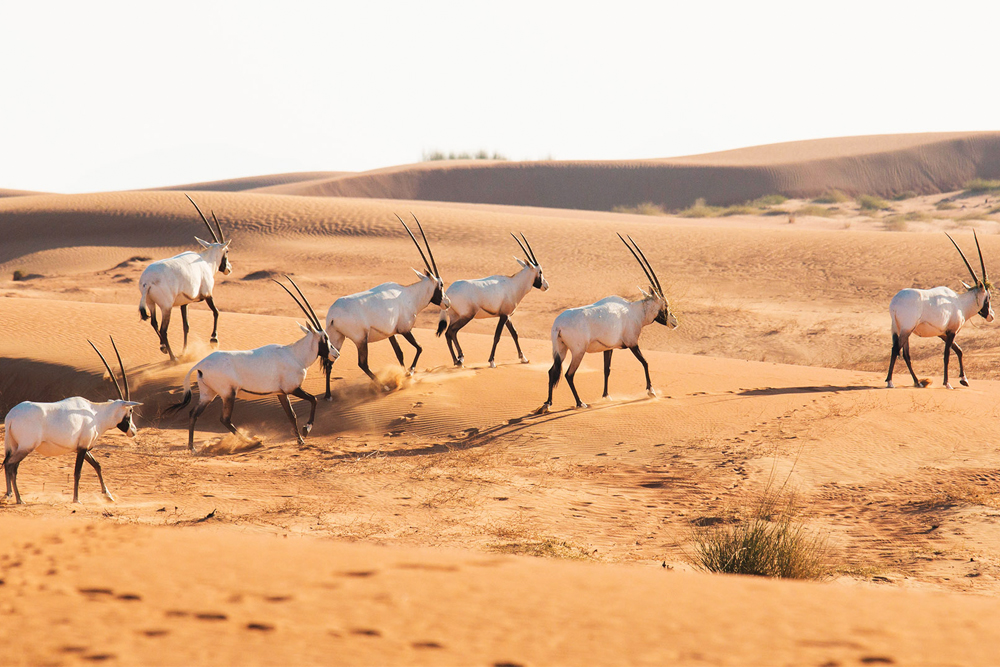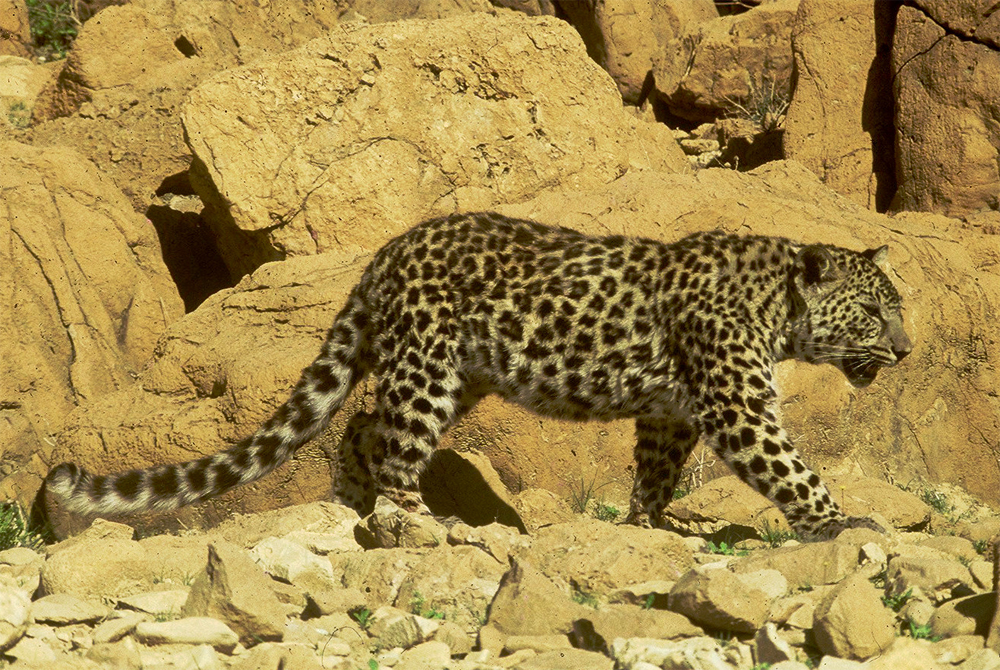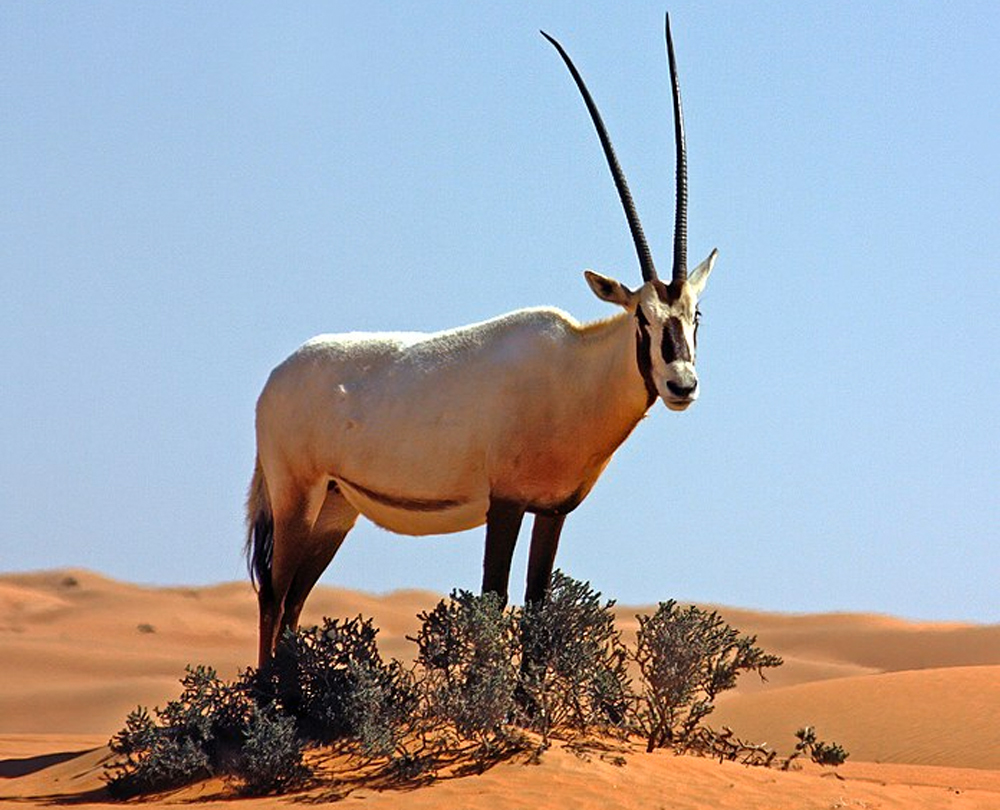
The Kingdom of Saudi Arabia is joining other nations in celebrating World Wildlife Day, a day of conservation awareness and efforts in protecting endangered species. In fact, the Kingdom is rich in biodiversity and the wildlife that call the Kingdom home, with the Saudi Wildlife Authority (SWA), established in 1986, helping to protect the ecosystems. So, on this important date, let’s have a look at some of Saudi Arabia’s most iconic animals, and how they’re being protected.
Undoubtedly, the Arabian leopards are perhaps one of the most iconic wildcats found in the Gulf region but, with a population less than 200 in the wild, they’re also among the endangered species found in Saudi Arabia. However, the Kingdom has taken steps in protecting the wildcats.

The Royal Commission for AlUla (RCU) has especially been overseeing breeding programs aimed at reintroducing Arabian leopards into the wild, with Sharaan Nature Reserve expected to launch a new breeding center by 2024. This is in addition to the Global Fund for the Arabian Leopard aiding in the efforts.

In February 2022, Saudi Arabia celebrated its first Arabian Leopard Day aimed at bringing awareness to the endangered wildcats. During the celebration, the RCU signed a Memorandum of Understanding (MoU) with Catmosphere, which is aimed at boosting ongoing conservation efforts.
Photos: The Saudi pavilion at #Expo2020 celebrates the Arabian leopard and sheds light on the endangered species. pic.twitter.com/7Xs8vYZZFk
— About Her (@AboutHerOFCL) February 12, 2022
Another endangered species worth mentioning is the Arabian wolf, a subspecies of the gray wolf. Residing along the desert landscapes of Najd and Tabuk, the wolves are classified as both carnivores and omnivores, and can either hunt alone or in pairs. The exact figures are unknown, but past numbers had put the Arabian wolf population at between 2,000 and 3,000. Currently, however, the wolves are among the creatures being reintroduced to the wild through breeding programs.

Saudi Arabia is also home to an assortment of herbivores such as the various species of antelope, gazelles, and the iconic Arabian oryx. Previously declared extinct in the wild, conservation efforts have reintroduced the Arabian oryx, and other species like the Arabian gazelles, into the ecosystem. As an oil-producing nation, the Kingdom has taken strive to protect its species and their ecosystem through environmental sustainability.

The Red Sea has been an iconic landmark surrounding the Saudi coastline, with its marine wildlife luring tourists and sea cruises from all over the Kingdom. These include fishes, turtles, algae, and, most importantly, coral reefs. In fact, the coral reefs, which have been around for over 30 million years, provide shelter to certain organisms making them an integral part of the marine ecosystem, and a part of the Kingdom’s natural heritage.
Hence, both the authorities and private sectors are working to preserve and monitor the environment, while simultaneously minimizing pollution. Part of the Red Sea is Farasan Island, which is also the location of the Farasan Island Marine Sanctuary. This protected part of the island is home to marine wildlife, but also the Arabian gazelles, and migrating birds such as flamingos.

















